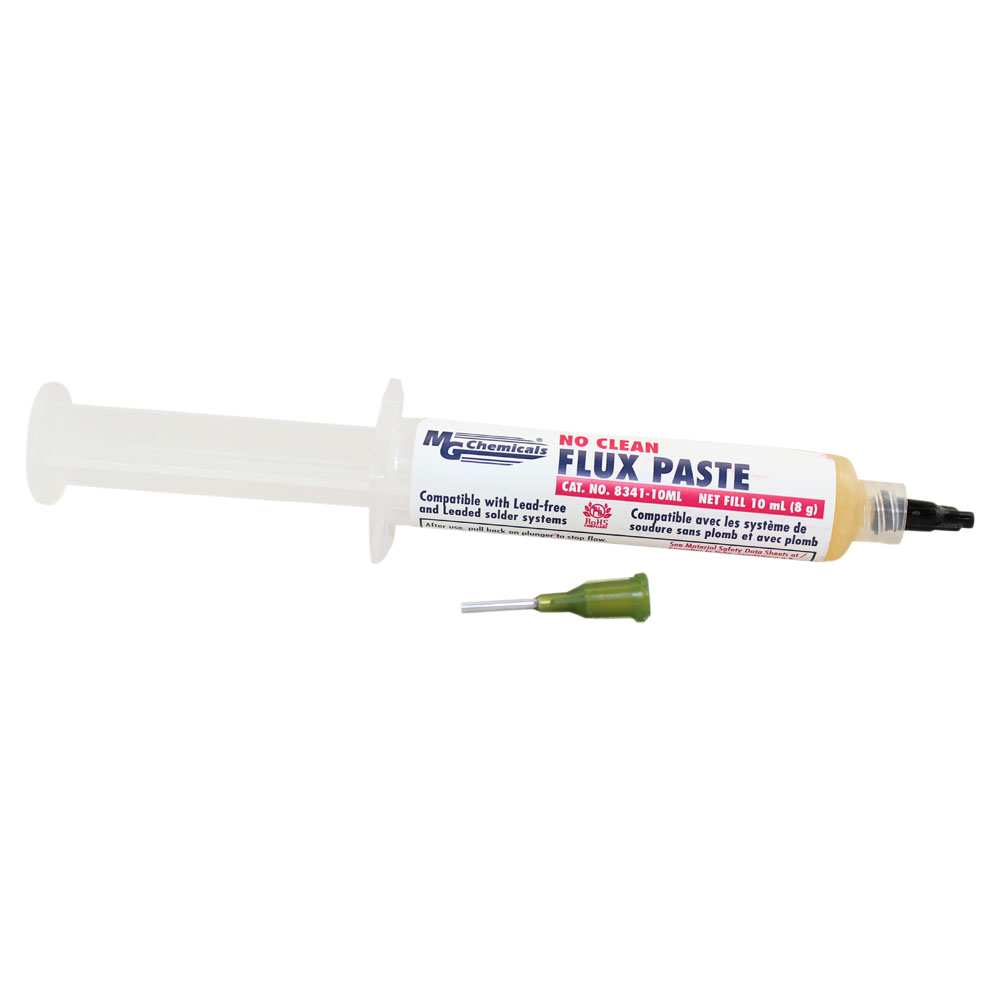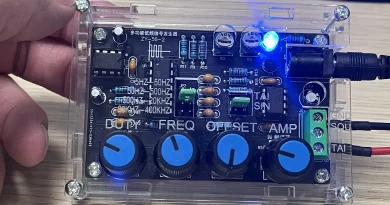Improve Your Soldering Technique
Soldering is performed by quickly heating any metal parts you wish to join and then applying flux and solder to the surfaces of the parts, resulting in a solder joint: the metals are bonded to form an excellent electrical connection and a strong mechanical bond.
The heat is supplied with a soldering iron. Flux is a chemical cleaner that cleans the hot metal surfaces to better receive the molten solder. Solder is an alloy of non-ferrous materials with a low melting point.
Though new environmental regulations have lead to the rise of lead-free solder, most solder is made from tin and lead. Tin/Lead solder is usually expressed by the percentages of each material present — for example, 60/40 solder contains 60% tin & 40% lead — and the melting point is determined by the mixture of solder.
Most soldering jobs can be performed using flux-cored solder, which is solder with the flux embedded in the core of the solder wire, as long as the surfaces being joined are free from rust, grease, or dirt. Flux may be applied separately, but it only cleans oxides from the surfaces being joined. Dirt, soot, oil, grease, etc. must be cleaned by other means before attempting to solder.
A solder joint consists of the component lead and the circuit traces on a printed circuit board. The mass, composition, and cleanliness of the lead and PCB trace or pad will influence the ability of the solder to flow and adhere (wet), providing a reliable connection.
The iron temperature is too high, causing the tin coating to burn off, resulting in oxidation.If contaminants are present the solder may not wet properly. Some common reasons for poor wetting are:
- Incorrect cleaning of the tip may also result in oxidation.
- Using mild flux (no-clean flux) that will not properly remove normal oxides from soldering iron tips.
- Use of highly corrosive flux (water-soluble flux).
- A dry tip caused by storing the tip without a thin coating of solder, thus allowing oxidation to build on the tip.
- The presence of oils, dirt, or other contaminants on the surfaces being joined.
The solder must flow onto a properly prepared surface t
o achieve a good solder joint. The user should not try to melt the solder and push it into the joint area. The joint area itself must be heated while the solder is held in contact to the joint. Once the desired melting point is reached, the solder will flow and wet the joint.
The use of the correct solder, solder flux, and avoiding oxidation are all important components of the soldering process. Once the solder flows, remove the heat source immediately. Quality solder joints are a combination of proper technique as well as proper soldering equipment and materials. Soldering is a learned process developed through experience.

